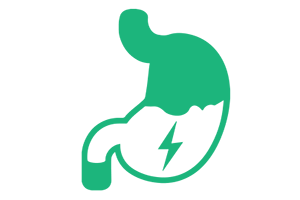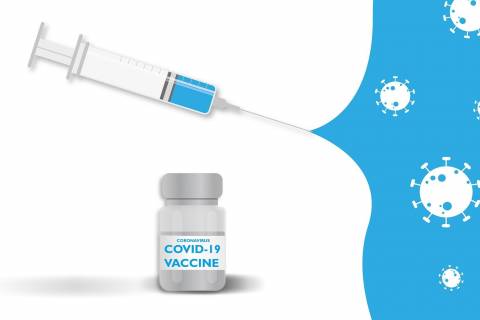Clarity on Vaccines
Jan 20, 2021
NHS Medications
With so many vaccines on offer now how can one know the difference between them all? In this article we will look at the different vaccines which have been approved for use in the UK and give a brief background on them all including how they work.
As of today the UK jointly with the Medicines and Healthcare products Regulatory Authority (MHRA), the UK arm in medicines approval have given the green light to 3 vaccines. These are better known in the public by the manufacturers that make them, the first to be approved was the Pfizer/BioNtech vaccine, followed by the Oxford/AstraZeneca vaccine and recently joined by the Moderna Vaccine.
All three vaccines work by creating an immune response to a unique signature (spike protein) of the COVID-19 virus, this is the crown like structure on the surface of the virus. They make your immune system create antibodies which will help fight the virus if you were ever exposed to it. The antibodies detect the spike protein on the virus and identify it as a foreign intruder, they then subsequently destroy the foreign invaders. If we have already been exposed to a small sample of this spike protein then our body can detect it quicker next time and destroy it before it can cause any serious harm. The time it takes for our bodies to create the antibody is around 2-3 weeks, so imagine how much a virus can replicate in 2-3 weeks which is why we can suffer extreme symptoms. After this time the virus has become so widespread and has effectively taken over.
The vaccines contain only pieces of the viral genetic information, this helps to code for the spike protein alone, and not the whole virus itself. Because the vaccines only contain part of the genetic information the vaccines cannot give you the infection. Think of it as having a recipe for a cake, but only having one ingredient, you cannot make the cake with just the butter alone. The way in which this spike protein is introduced in the human body is how the vaccines differ and this is what we will look at next.
Oxford/AstraZeneca
This Vaccine uses a separate inactive virus which causes the common cold in chimpanzees as a Trojan horse. The viral code DNA from the COVID-19 virus is inserted into this ‘vehicle’ which is used to transport it into the human. This type of vaccine is called Adenovirus Vector in that they deliver genetic code via the vehicle as described above. The DNA contains information on how to code for the unique signature (spike protein) of COVID-19, so that the body can create its immune response. The spike protein is re-created in the body from the genetic information supplied. The immune system then recognises this and create its own antibodies to it.
Pfizer/BioNtech
This vaccine which is called a messenger RNA (mRNA) vaccine, is essentially the genetic code needed to code for the COVID-19 spike protein, also known as the antigen. This mRNA then instructs the cells to produce the spike protein, the part of the virus which the immune system will identify and then create antibodies to. Because this method uses completely synthetic processes, there is no involvement of foreign virus cells, as you find with the Oxford/AstraZeneca vaccine (which use an inactive cold virus). There is no Torjan horse in this method, instead the genetic code (mRNA) for the spike protein is inserted directly into the person. The technology behind making these mRNA vaccines is cutting edge and has helped transform the time needed to create a vaccine from many years to just a number of weeks.
Essentially both methods elicit the same immune response, however it is the delivery of the genetic information of the coronavirus which differs.
Moderna
This is the latest addition to the arsenal of vaccines and it was approved for use on the 8th of January this year. It is similar to the Pfizer/BioNtech vaccine in that it is also an mRNA vaccine and works in the same way. There are slight differences between the Moderna and Pfizer/BioNtech in the structure and makeup of the vaccines. These differences mean that the storage needs are also altered, hence no need to store the Moderna vaccine in a super-cooled environment.
There are some similarities in all three vaccines:
- They are all two-dose vaccines
- They all require special handling and are administered by a trained professional
- They all instruct the immune system to create antibodies to COVID-19
Also, there are some things that must be considered about these vaccines:
- Once you have had the vaccine you still need to follow the safety protocols as set out by the government – having the vaccine does not make you exempt from these rules
- You cannot catch the virus from the vaccine
- It is not known whether the vaccines stop you from catching COVID-19 and passing it on, but it is expected to reduce the risk
If you require further information on any of these vaccines visit the Government website HERE.
B.V Jan 21


















































































 Account
Account

















